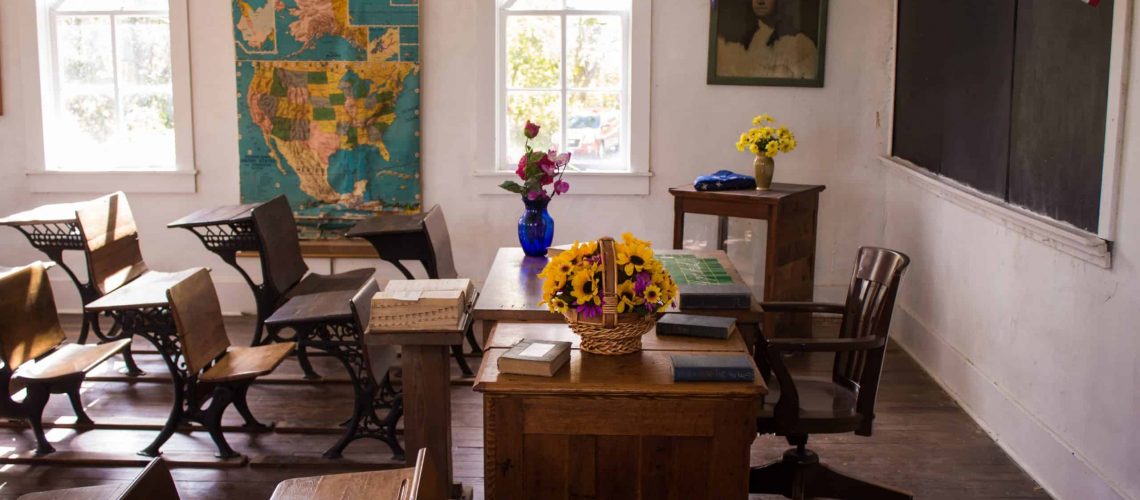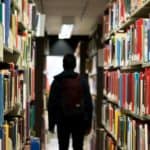There is a very strong case to support the existence of alternate programs. Most people are aware of alternate programs that are geared to students who are at risk socially or who struggle academically. Many students can be guided to become successful, productive members of the community with the right kind of intervention.
What you may be less likely to know about is that there is a profile for the “Gifted with Learning Problems” student. These are the ones we refer to as having mountains and valleys.
These students’ potential may be completely derailed as their needs go unmet. They may be brilliant in math with visual or auditory issues that impede reading success. Or they may excel in reading and composition but struggle with algebra.
Teachers are often aghast when their most brilliant students choose to pass on higher education. I’m always amazed at how many truly intelligent people are unaware of their gifts. Or they know they have potential but cannot face the education system with their problems and, for them, so many doors close. The truth is, it doesn’t have to be that way.
Dr. Robert Meeker has pointed out that most learning problems are not profound. They are for the most part undiagnosed and untreated. In our school system, the focus is usually on teaching the child with problems to “cope.”
Most learning problems can be helped – poor auditory processing included – if you understand what’s needed and have the tools to deal with it. Likewise, most problems with math can also be corrected.
What kind of tools do we need? First, we need to be aware that learning is not all in your head. Brain functioning begins in the body. Here is where the school system generally misses the mark. If you skipped a developmental stage like crawling, chances are you may be very bright verbally but run into problems with learning algebra and geometry.
For some people, missing out on crawling seems to be a minor problem for their academic success. Others have life-long problems from skipping this developmental stage which may begin with problems distinguishing the left hand from the right. They may have trouble learning to parallel park the car or they struggle following directions from a map. Can we help people like this? The answer is yes. Do we make them crawl again? No. We have specific exercises that are done using a balance board and mini-trampoline. Then we do brain exercises.
Interestingly, there is a course offered to student teachers at UBC that emphasizes the value of these foundational exercises. So the concept is finally being presented where teachers can be aware of the benefits of sensory-integration. The science behind sensory-integration will explain how neurological connections are created as the nervous system sends messages from the feet to the base of the spine where spinal fluid is released to assist in the process. Electrical impulses continue to stimulate the cells which transmit messages to the brain. This is a process that takes some time, just as developing muscles takes time. But the benefits are long-lasting.
Developing a strong left-right foundation is called cross-over. What happens is that the left hemisphere of the brain becomes more able to communicate with the right hemisphere. As the two sides of the brain work as a unit, many academic skills become more easeful. The child who can read but not summarize a story is probably not accessing both sides of the brain. The right brain has perspective, and the left brain deals with vocabulary and most aspects of reading. Most math requires using both sides of the brain together. Additionally, proper synchronizing of left and right – laterality skills – is also linked to the visual system and how efficiently it can function.
The human body is amazing in its complexity. The more well-developed and functioning it is, the more efficient are all physical and mental activities. An inefficient system creates its own stress and aggravates an already stressed individual.
SOI/IPP ( Integrated Practice Protocol) is able to diagnose where the physical system needs assistance in developing a firm foundation for learning. IPP provides help at the level of sensory-integration and visual exercises, providing a foundation for a strong auditory system. When the ability to learn is firmly in place at a body level, the cognitive portion of SOI/IPP provides the brain exercises that are needed. Higher level abilities such as memory and logical thinking are introduced through booklets and computer exercises.
For older children who have missed a lot of subject material, there is a ‘Prep’ series to assist in curriculum ‘catch-up’. The Prep series provides basic concepts underlying subject matter. So Math Prep, for example, covers all the basics necessary to be successful at Algebra and other higher mathematics.
SOI/IPP has made a huge difference to individuals who cannot thrive in a traditional school environment. By understanding where the problems lie for each student and being able to offer personalized intervention, teachers are equipped with the tools to change these students’ lives for the better.
written by: Connie Grist, President of SOI Systems Canada






